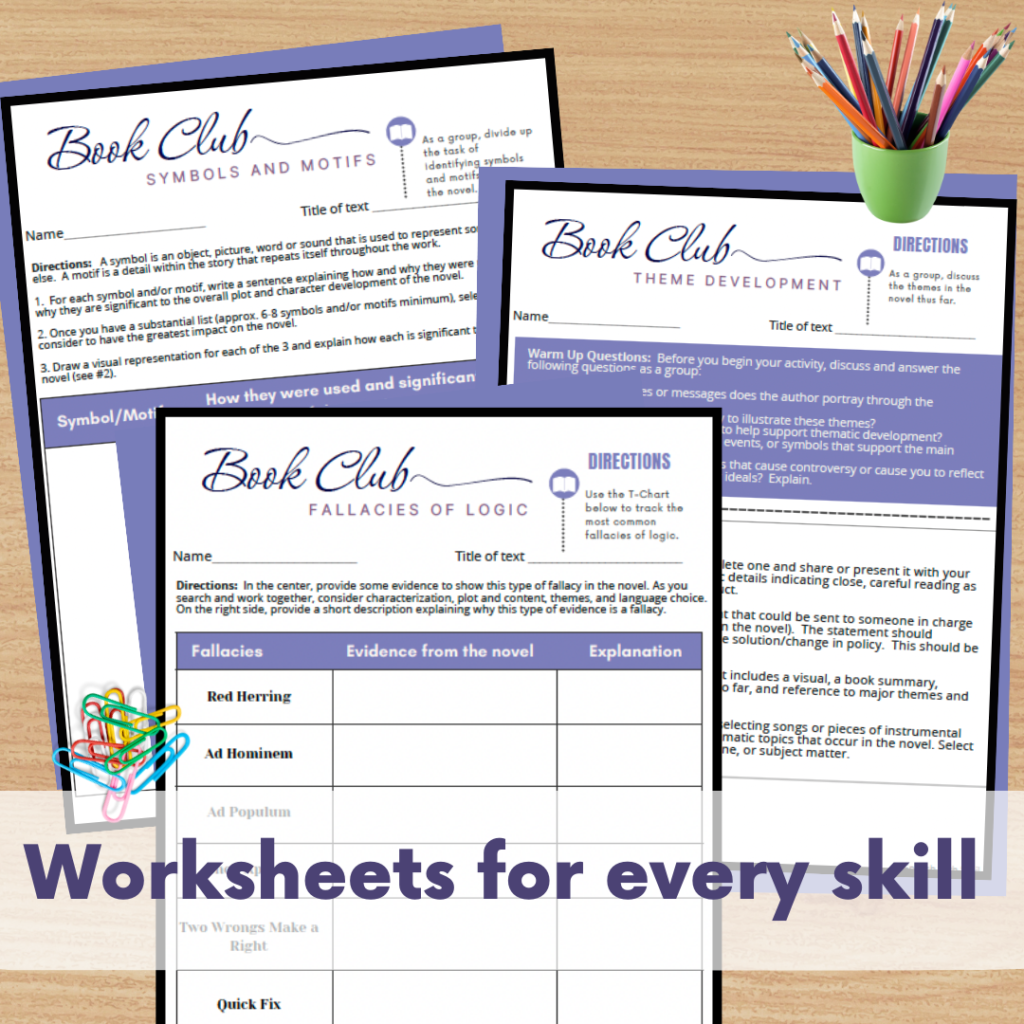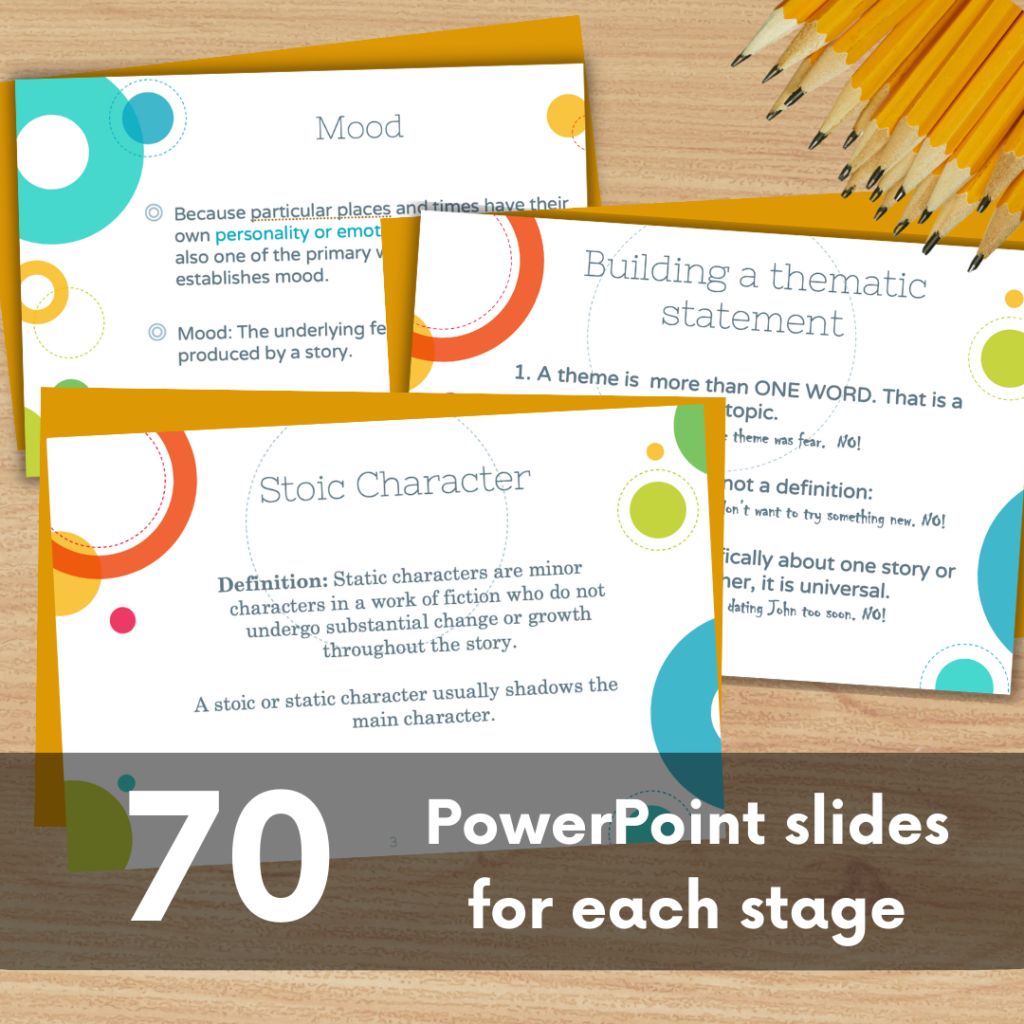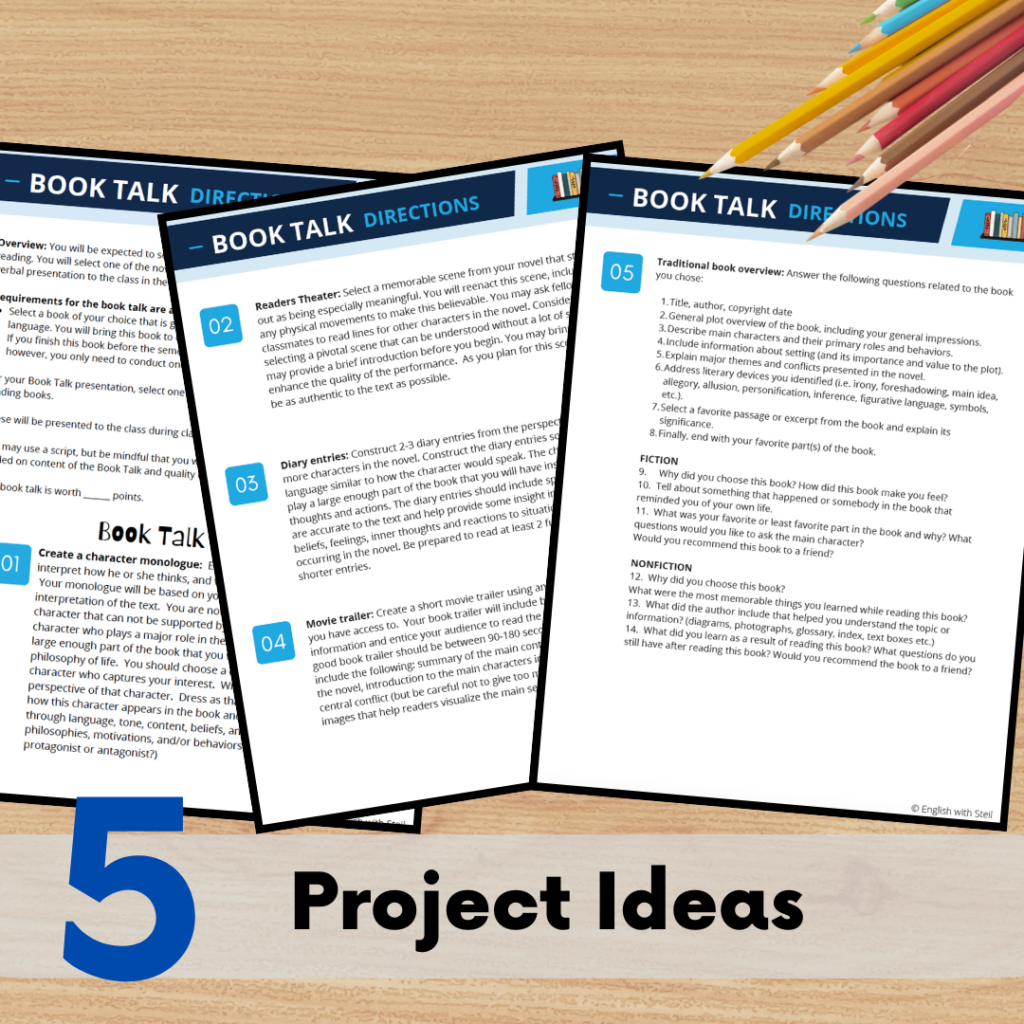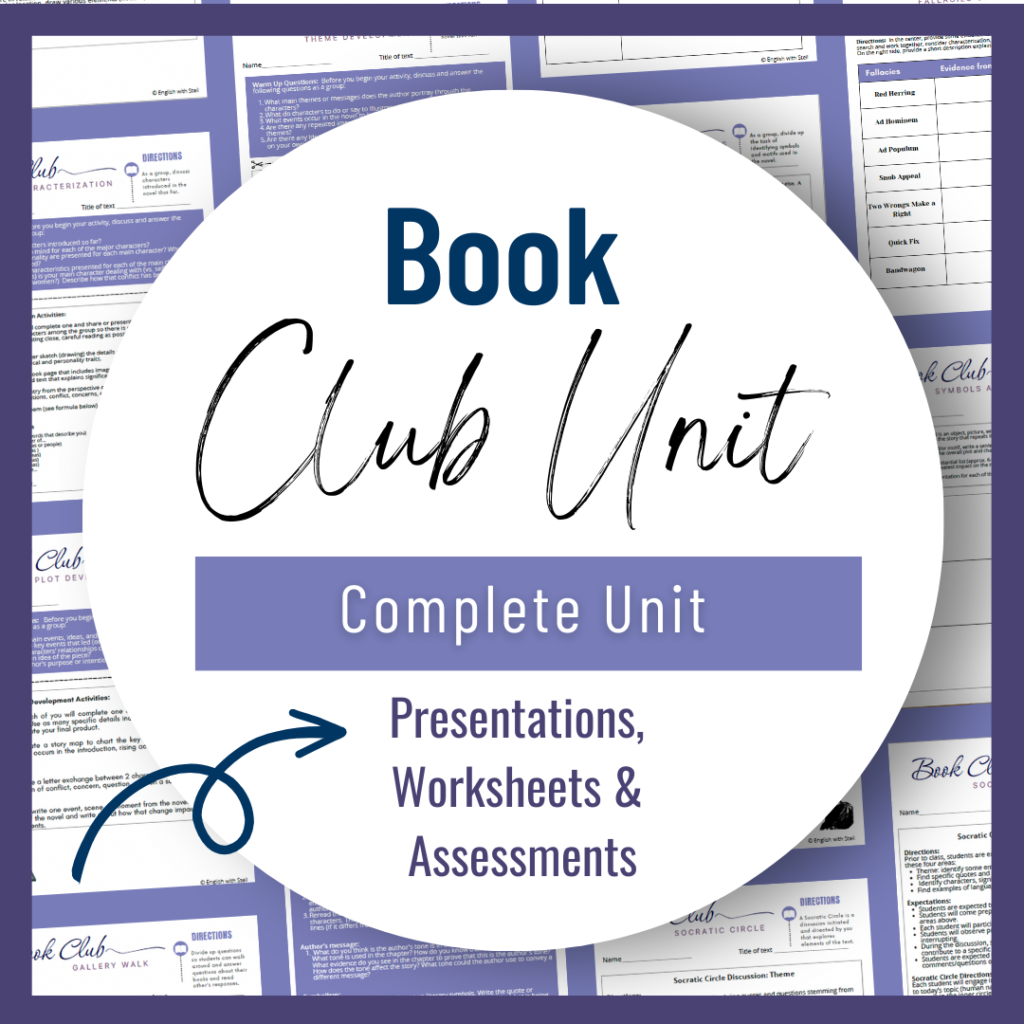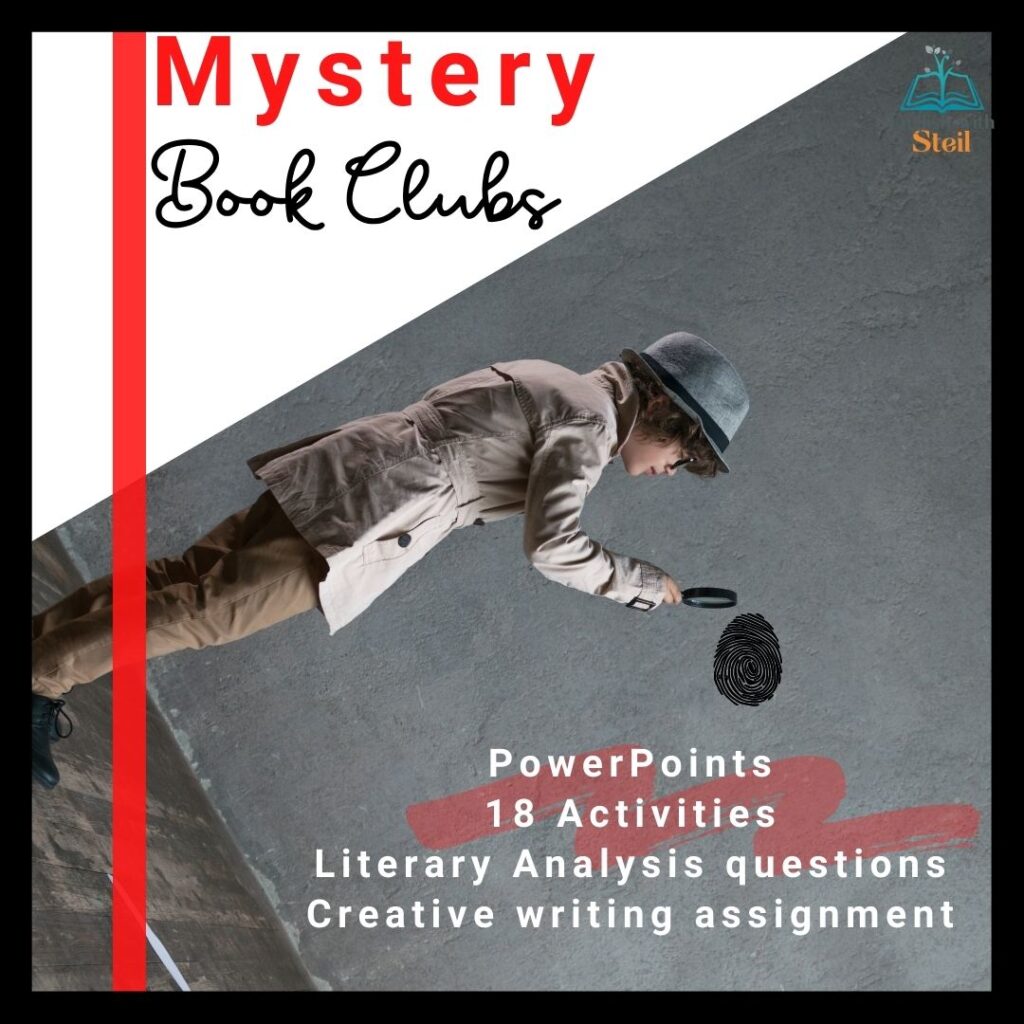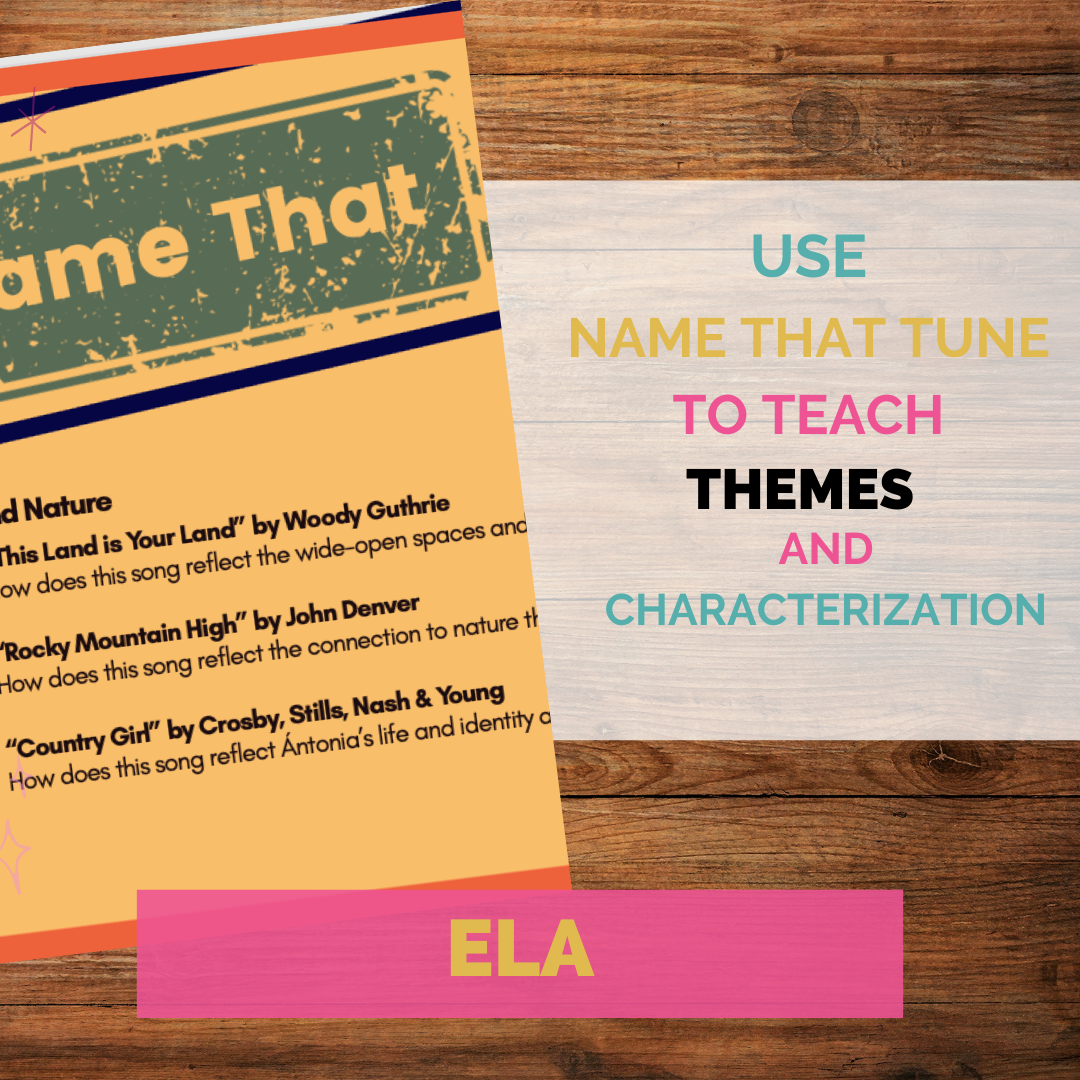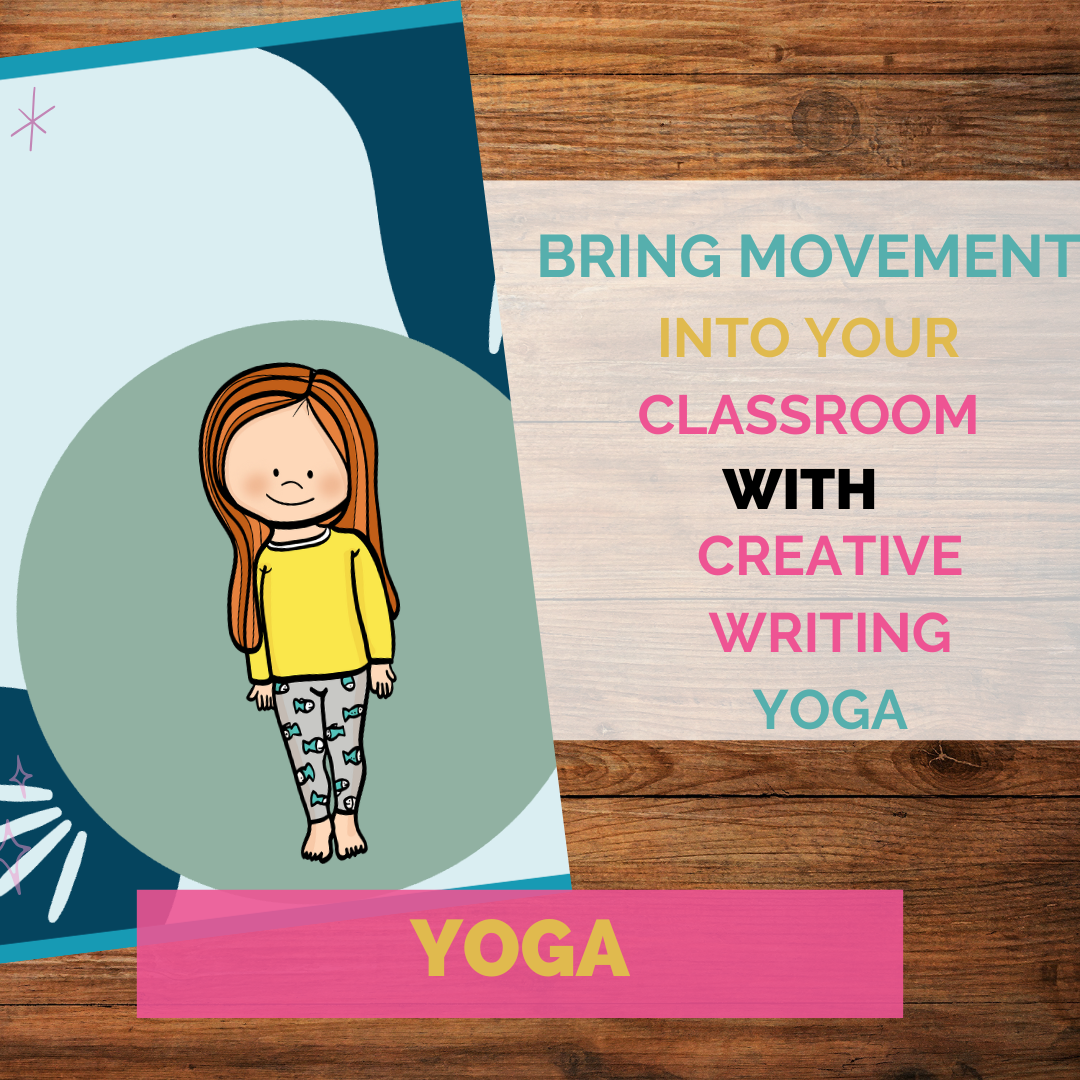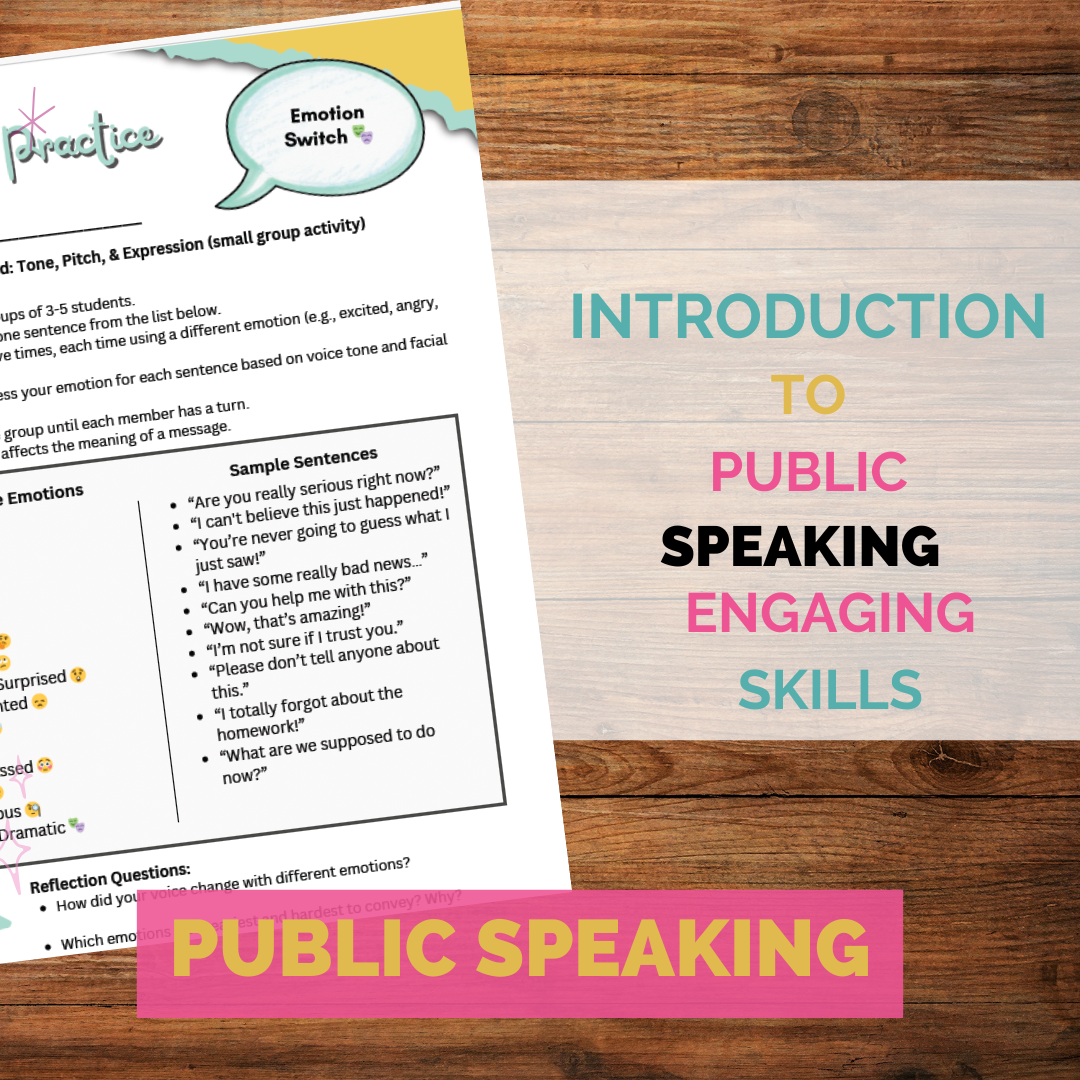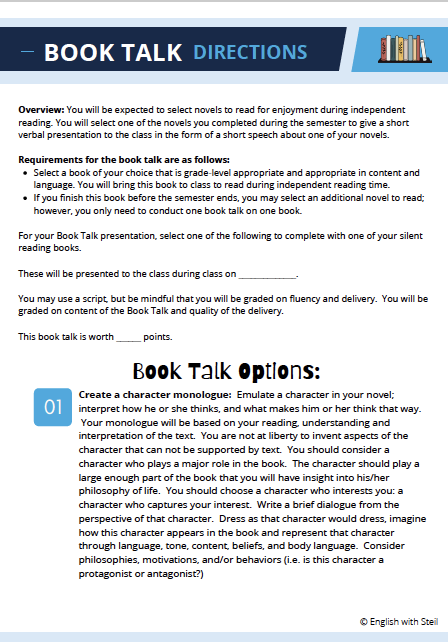
Independent reading is a cornerstone of literacy development, fostering a love of books and empowering students to become lifelong learners. By integrating independent reading into your classroom, you can nurture students’ curiosity, improve their comprehension skills, and help them explore new worlds through literature. Here are five in-depth strategies to seamlessly incorporate independent reading into your teaching practice.
Independent Reading has been one of my standard classroom traditions since I started teaching over 20 years ago. While I have tweaked the timing, frequency, and practices throughout the years, my students have always had the luxury of enjoying some time each week to dig into a book of their choice during class time.
Creating an environment that supports academic goals, while providing students the independence and freedom to enjoy reading is a balancing act.
1. Build a Classroom Library That Excites
Creating a diverse and engaging classroom library is foundational for encouraging independent reading. Stock your shelves with books that cater to various interests, reading levels, and genres. Include contemporary titles, graphic novels, classic literature, and non-fiction selections.
Why It Works:
A well-stocked library makes books accessible and removes the barrier of finding something to read. When students see themselves represented in stories or discover books about their passions, they are more likely to engage with reading.
How to Implement:
- Regularly update your library with new releases and student recommendations.
- Organize books by genre or theme to make browsing easier.
- Incorporate student input by allowing them to vote on books to add to the collection.
2. Set Aside Dedicated Reading Time
Scheduling regular, uninterrupted time for independent reading signals its importance and creates a routine that fosters consistency. Aim for at least 15–20 minutes per day.
Why It Works:
By carving out specific time, students can immerse themselves in their books without feeling rushed. This practice builds focus, stamina, and a habit of reading regularly.
How to Implement:
- Create a calm, distraction-free reading environment during this time.
- Join your students by reading your own book to model enthusiasm for independent reading.
- Use a timer or schedule the reading block consistently so students know to expect it daily.
3. Incorporate Reading Conferences
Regular one-on-one conferences allow you to connect with students about their reading, offer guidance, and assess their progress.
Why It Works:
Conferences personalize the reading experience, providing opportunities for students to share their thoughts and feelings about books. They also help you identify areas where students might need support, such as decoding or comprehension.
How to Implement:
- Schedule brief, informal check-ins with each student during independent reading time.
- Ask open-ended questions like, “What do you think about the main character?” or “What do you predict will happen next?”
- Provide positive reinforcement and suggest new books based on their interests.
4. Create a Reading Challenge or Goal
Introduce a classroom reading challenge where students set individual or group goals, such as reading a certain number of books or exploring different genres.
Why It Works:
Friendly competition and clear goals motivate students to read more and step outside their comfort zones. Gamifying the reading experience also adds an element of fun and achievement.
How to Implement:
- Use a visual tracker, like a reading tree or bookshelf, where students can log their progress.
- Offer incentives, such as bookmarks, certificates, or extra recess time, for meeting milestones.
- Highlight achievements by hosting a “Reader of the Month” celebration or showcasing favorite books during morning meetings.
5. Connect Reading to Real-Life Experiences
Help students see the relevance of what they’re reading by tying books to their own lives, current events, or classroom activities.
Why It Works:
Making connections between the text and the real world deepens comprehension and makes reading more meaningful. It also encourages students to apply critical thinking skills as they relate literature to their own experiences.
How to Implement:
- Assign creative projects, such as book-inspired art, videos, or skits.
- Host book club discussions where students can share personal insights or debate themes.
- Link books to lessons in other subjects, like pairing a historical novel with a social studies unit.
Setting Up Your Independent Reading
1. Research Best Practice
One way for a beginner to approach independent reading is to spend some time with the 180 Days by Penny Kittle and Kelly Gallagher. This book includes everything you need to get a solid foundation into the beliefs and practices around setting up your class for independent reading and fostering a joy of reading and writing. What I loved about this book in particular is their approach towards building student agency and creating a culture where reading, writing, modeling, and collaboration is woven into the fabric of your classroom on a daily basis. This also includes teaching techniques like modeling reading for students and organizing curriculum around independent reading.
2. Setting up Routines
Another tip is to be mindful of routines. When I first started doing independent reading in my classroom I tried to squeeze it in between everything else we were doing and hoped for the best. This created a sense of chaos for students and actually diminished the importance of what I was trying to achieve. Research shows that when students are actively and consistently engaged in independent reading, it helps build vocabulary skills and fluency. Once I started building routines into my classroom for independent reading, my students knew they could look forward to reading, they consistently remember to bring the books to class every day. And it held me accountable for ensuring this was an important and valued piece of my curriculum. Here’s an example of a Reading Log I use in my class to help students keep track of the pages they are reading and has space for students to write comments so they remember where they left off.
3. Literature Circles
Something else to consider when embedding independent reading in your classroom is approaching this from the standpoint of literature circles. One thing that Kittle and Gallagher discuss in 180 Days is varying the organizational approach of the classroom. For example, many language arts teachers use core texts as their primary instructional method.
However, incorporating literature circles and independent reading books allows students to scaffold their learning and apply their own personal engagement with a text on a deeper level.
One example of a literature circles I use is using mystery novels. I divide up my students into groups of 4-5, knowing that anything larger than that can be ineffective. Each group reads a different mystery novel, however the activities in this teaching pack allow students to all be consistently working on the same academic reading and writing skills throughout the unit.
4. Independent Reading Unit
Another way I embed independent reading in my classroom is through my independent reading unit. Every student selects his or her own book to read for this unit. Depending on the course you’re teaching you may want to set some parameters around the level, genre, or content the students are reading.
This Book Choice Teaching Pack includes a variety of activities to guide students through literary analysis, with a specific focus on theme, characterization, setting, and language analysis.
5. Assessing Learning
The final element of independent reading is ensuring that students know that while they are reading for enjoyment they are also being held accountable to produce something based on the book they read. For a long time, I simply held space in my classroom for students to read, but never actually had them produce anything with the book they were reading. While one can argue this is what they will do when they get older, we have to remember that embedding independent reading in our classroom should be intentional and for academic reasons. Therefore, I created a series of Book Talk options for students to use to demonstrate their engagement with the book they read. I try to embed choice in this project so it Is consistent with my intention to provide students choice in their books. These book talk projects are diverse in their nature so students can select the one that most closely relates to the book they read, the content read about, or just their own personal approach to engaging with their text.
Check out the following independent book choice resources from my fellow teacher colleagues:
Independent Reading for Middle and High School by The Secondary English Coffee Shop
Teaching theme with independent reading by Room 213
Independent Novel Study (no-prep for any text) by The Classroom Sparrow
Creative Activities for any novel by Tracee Orman

